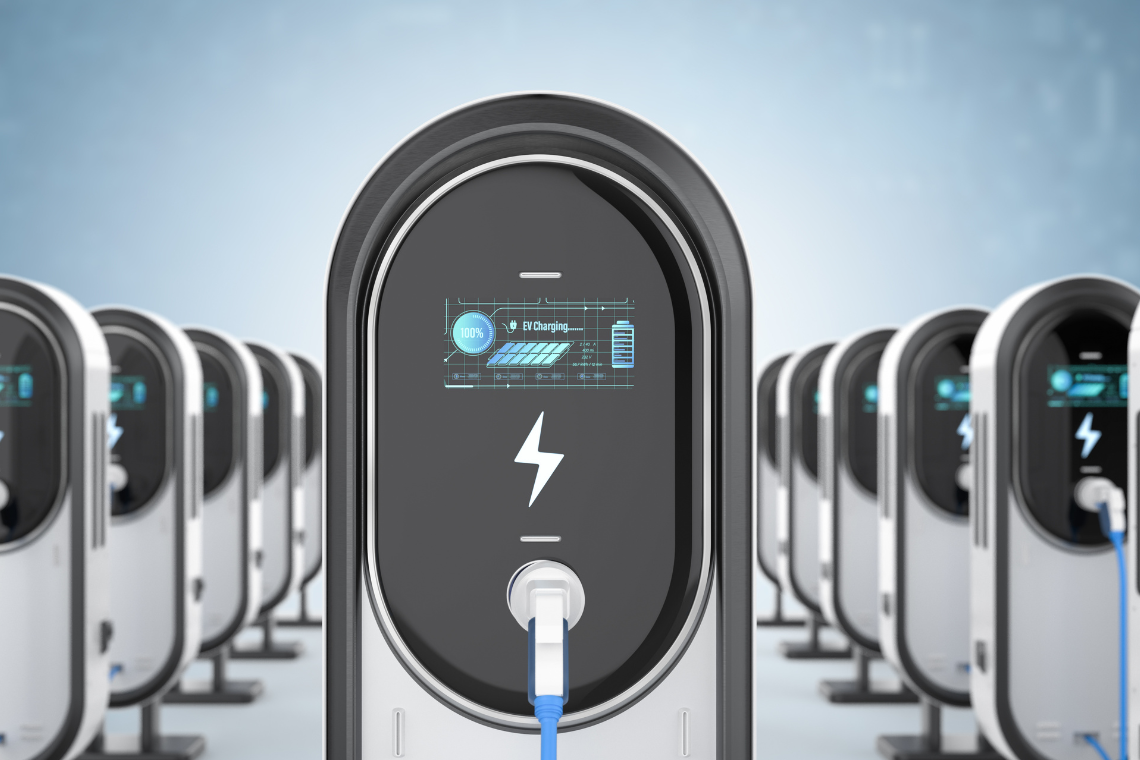Smart Mobility
The risks of bidirectional charging

In future, electric cars will be able to feed their electricity back into the grid at times of high demand. However, experts warn that the resulting virtual power plants are a gateway for hackers.
The growing number of electric cars is increasing the demand for electricity. In future, low-emission vehicles should therefore not only be able to absorb energy from the power grid, but also feed it back into the grid to compensate for possible peak loads. But there are risks involved. Grid-serving charging is on the rise. Together with the German battery manufacturer Sonnen, the transmission system operator Tennet has shown that e-car batteries from different manufacturers in the “Sonnen Community” can be interconnected – and controlled as a virtual power plant. This allows them to absorb surplus green electricity quickly and safely. In the event of a peak load, they can be regulated down accordingly. If there is a lot of electricity available in the grid, as is the case when there is a lot of wind at night, for example, the e-vehicles can be given priority for charging. However, e-car owners from the solar community are not yet able to feed electricity back into the grid at times of high demand. There are still regulatory and technical challenges (Background reported). However, the energy and automotive industries are working on actually being able to charge and discharge electric car batteries bidirectionally. The German government recently presented a plan for how the market launch could succeed. According to the plan, interoperable and standardized solutions for feeding electricity from electric car batteries back into the grid could be ramped up from 2027/28.
By Jana Kugoth, Editorial Director at Tagesspiegel Background
**This article is only available in German**
Smart mobility
Questions about the article?
